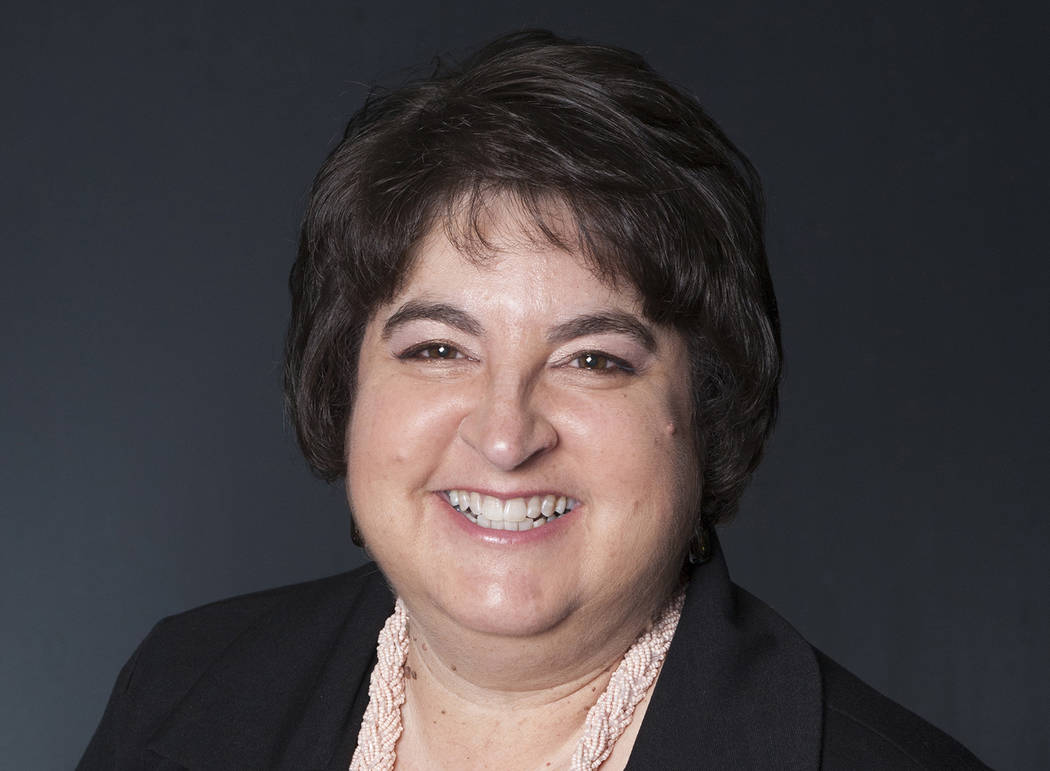Technology paves way for future lifestyles
The annual Consumer Electronics Show in Las Vegas has been making headlines for the past couple of days as new and future gadgets and devices are introduced.
Products debuting at the show have touched upon all aspects of our lives and, in some cases, can be life altering, such as a virtual reality device that makes neurotherapy exercises for those recovering from brain or spinal cord injuries more fun and, as a result, more effective.
Those at the show have also seen and experienced technological advances such as foldable telephones, quantum dot televisions, noise cancelling cordless headphones, devices powered by artificial intelligence and even items that can enhance one’s sex life.
There have been plenty of game and sports related introductions, as well as those that can affect how we eat and drink, such as a vegetable substitute for pork, a robot that makes pizza and a beverage dispenser similar to a single-serve coffee maker that makes custom cocktails.
No segment of our lives have been untouched by technology, including transportation. The show featured programs to make vehicles self-driving and single-person transporters.
While it may take months or years for some of these new advances to find their way into our homes and lives, past introductions have already arrived.
I can attest to that. Consider the car you drive daily.
Years ago cars just had the basics: an engine, tires and a steering device. Some of the earliest models didn’t even have doors or windows.
When I was growing up, air conditioners were optional, cup holders were unheard of (though you could get plastic holders that fit into the window and clipped over the door) and there were no special safety features. I can remember riding in the jump seats (backwards facing seats) in the way back of my parents’ station wagon. There were no seat belts and the rear window was often open letting in exhaust fumes along with the “fresh” air.
Gradually, automobile manufacturers began adding safety features including the three-point seat belt and air bags — and then some more air bags. Bumpers that were more than just chrome accents were added, as were crumple zones.
Cars also began to include other technological features such as the capability to communicate with your garage door opener, home’s lighting and climate control systems, and cellphone. Today, you can talk to your car and it can provide directions through a navigation system.
It can also alert you to potential dangers as I discovered during a recent road trip. My car has adaptive cruise control. That means it senses how close the car in front you is and will automatically slow down when it gets too close.
But even if cruise control isn’t engaged, it will still let you know if the car in front of you is way too close with a brightly colored message that says “Brake!”
It also has a lane departure feature that lets you know if you are drifting out of your lane of travel. When that happens too often, it pops up an image of a coffee cup on your dashboard and suggests you take a break.
With the technological advances that continue to be made, I’m sure it won’t be too many years down the road before someone introduces a feature for the car that not only warns you to take a break, it will actually brew a cup of coffee, made exactly how you like it.
Hali Bernstein Saylor is editor of the Boulder City Review. She can be reached at hsaylor@bouldercityreview.com or at 702-586-9523. Follow @HalisComment on Twitter.






